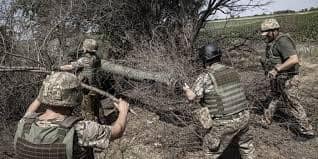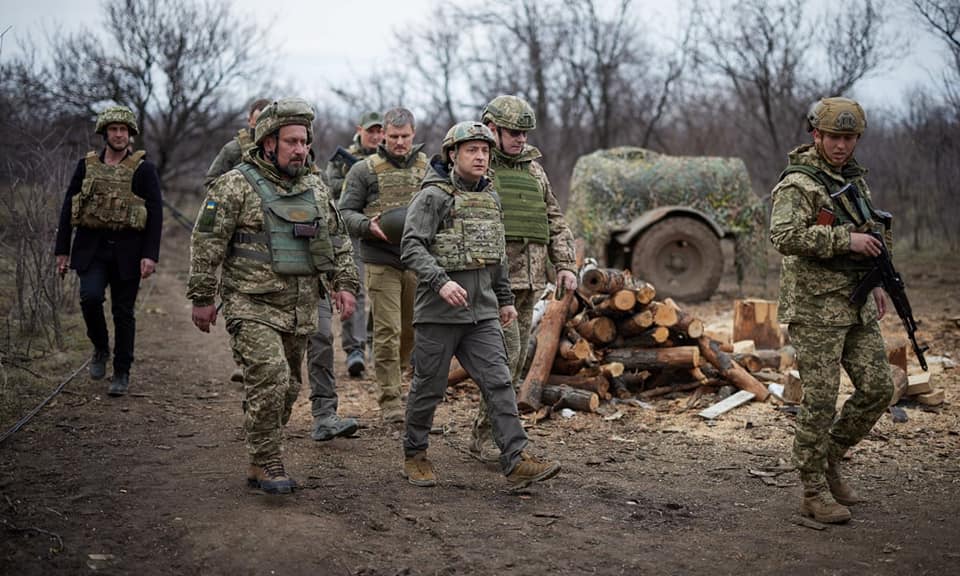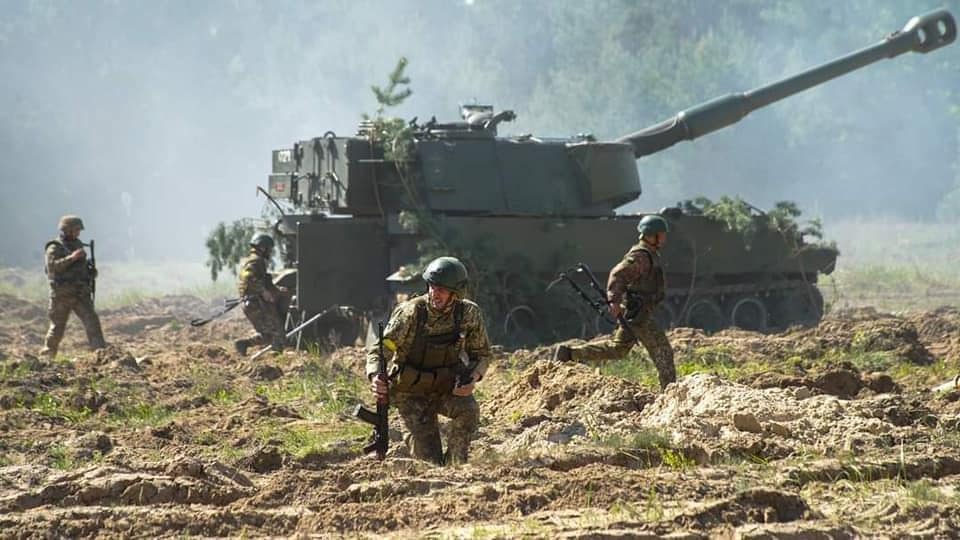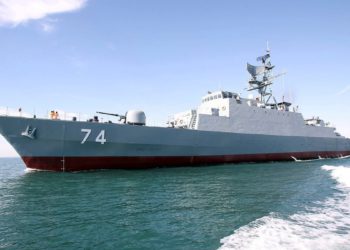Understanding Counter Attacks in Modern Warfare

Greetings. This article is going to briefly describe, break down, and provide some context to what a “Counter Attack” is, what the fundamentals are, what makes one successful, and how it relates to the current war between Ukraine and Russia. Please remember to remain on topic and keep the feedback productive.
Defining a Counter Attack
In basic terms, a “Counter Attack” is an operation (Offensive) where a military force “transitions” from “defense” to “offense” by “attacking” an enemy force that is currently or was recently on the offense. There are many variables of this and many different scenarios such as:
- A force counter attacking does not even need to be in contact or engaged against an enemy.
- It also can be a force defending, and upon subsequently defeating an enemy attack, it can transition into offensive operations against the former attacker.
- It can be two separate forces not engaged in active operations against each other as well.
There are many scenarios. The easiest way to understand the term “Counter Attack” is by putting it into context with a specific scenario as well as laying out the fundamentals needed to prosecute a counter attack.
Key Fundamentals of a Counter Attack

Firstly, the defending side must have sufficient combat power that meets or exceeds the combat power of the attacking force. This is fundamentally important as without equal to or greater combat power, the attacking force will not lose its momentum and cede the initiative to the defending force.
Once a relative balance of combat power is obtained, surprise, speed, concentration, along with audacity (all key tenets of the principles of offensive operations), must be employed against an oppositional force in unison and in earnest. Together, these fundamentals, along with other factors such as end state or goals, military capabilities, and other considerations such as terrain and weather, will play a pivotal role in any counter attack.
Most often, counter attacks are opportunistic and conditions based, requiring great skill to carry out as circumstances must be established prior to their initiation or else the likelihood of piecemeal or insufficient attacks can occur. Often, counter attacks, by their very nature, are decisive engagements that seek to break an enemy’s will, which means that the attacking units are fully committed and unable to maneuver freely or extract themselves under favorable conditions. This becomes even more problematic when the side counter attacking is restricted by geographical considerations, whether or not they are natural or man-made.
Operational Requirements and Goals

Successful operations also require accurate reconnaissance and intelligence which translate into sustained operational tempo, keeping the defending unit off balance and under command paralysis. It is also fundamentally vital to maintaining the initiative, minimizing friendly forces’ weaknesses, and creating new and better tactical opportunities to seize and exploit.
Another factor in counter attacks is the end state or goal. It could be to merely buy time for a defending force, or to regain positions, territory, or the strategic initiative, depending on scope and scale. Usually, counter attacks are intended to restore conditions to allow a defending side to transition back into offensive operations, to regain and seize the initiative via an ATTACK (in this case a counter attack), and successfully pursue now disrupted enemy forces via EXPLOIT (targeting enemy forces in depth) and thus subsequently via PURSUIT (think route and enemy forces retreating or retrograding).
Planning and Execution Considerations

There are additional factors that in part make up a successful counter attack. One factor includes operational planning that has reasonable objectives, proper fire control, and deconfliction measures, especially if the planned attack is in restrictive or condensed terrain or an operational area that is intermingled with civilian considerations.
Another factor is the limit of advance for all counter attacking forces. This is critical to controlling forces, reducing fratricide, and limiting the chances of friendly forces becoming isolated and cut off. Lines of contact must also be disseminated and shared prior to operations commencing.
Lastly, we must consider the situation and common planning factors prior to any counter offensive being conducted. Some additional factors include time, terrain, command and control of forces, combat power relative to enemy positions and scheme of defense, political factors, enablers needed to support operations such as engineers, etc., especially if attacking over natural or man-made obstacles.
Relevance to Ukraine-Russia Conflict
With Kiev announcing their long-awaited counter attack against Kherson, the above information is relevant to assess Ukraine’s ability to prosecute a successful operation.
Critical to Ukraine’s counter attack will be the following:
- Does Ukraine have sufficient combat power to attack and defeat dug-in Russian forces on the defense? Surprise is lost, speed is not possible, and the operational tempo will be slow given the terrain considerations within the operational environment.
- Will Ukraine have the enablers to support such an operational undertaking? Specifically, does Ukraine possess enough Indirect Fire assets, Combat Engineers, and direct fire platforms to engage with and destroy dug-in Russian forces?
- Depending on the Ukrainian main effort, the Russians may have time to react. Given the restrictive operational environment, turning and envelopment operations are not going to be easy for an attacking force and near equality in terms of direct fire capabilities is not favorable to an attacking force unless it has considerable combat power and forces at its disposal.
As the Ukrainian Army executes this offensive, one thing is certain: the fundamentals of offensive operations are critical to its success. Counter Attacks are offensive operations and these tenets, if followed properly, can help decide whether or not it is successful or if it fails.
Kindly,
Mel Daniels









